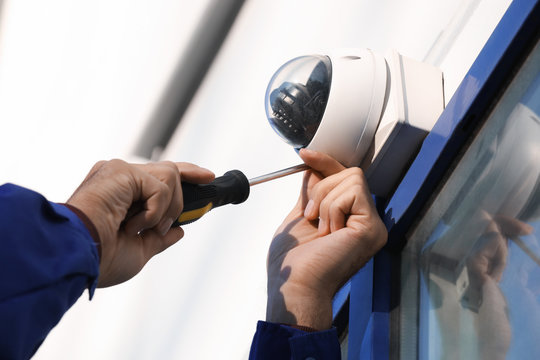If you’re thinking about installing a security system Singapore camera in your home, there are many factors to consider. The most important ones are where you want the camera to go, whether it’s indoors or outdoors, and how it will connect to your network. Once you have these things in mind, you can begin planning your installation.
Step 1: Decide if you’re going to install a wireless system or a wired one. Wired systems require additional steps because you’ll need to run cable throughout your home to each camera.
Once you’ve decided on a system, you can start shopping for the cameras themselves. Some manufacturers sell complete kits that include all of the components you need to get started. Some even come with a recording device, such as a digital video recorder or a network video recorder (NVR).

Then, it’s time to decide where you want each camera placed. Ideally, every location should have clear sightlines and be at least nine feet off the ground. If you’re not comfortable with climbing to high heights, it’s best to hire a professional to do the job for you.
Take a walk around your home and mark off locations that have clear lines of sight. Be sure to check each spot for any potential obstructions, such as trees or shrubs. Then, plan out how you will run your cables and where you’ll drill holes to thread the cameras and the DVR box.
STEP 2: Determine which power source the cameras will plug into. If you don’t already have an outlet nearby, you can use an electrician to add one. It’s also a good idea to find out whether the wiring project requires a permit before you start, so you can plan accordingly.
When you have determined the outlet you’ll use, make a map of the area where the wires will need to be run and where each camera needs to be mounted. It’s a good idea to draw in the wall and ceiling as well, so you can see how long you’ll need to run the wires.
It’s a good idea to use Cat5e or Cat6 cabling for IP systems. This type of cabling is much faster and more reliable than coax cabling.
In addition, Cat5e and Cat6 cables are easier to work with than older, slower coax cables. They also allow for more reliable connections, which means fewer issues.

Step 3: Using the mounting template, drill pilot holes where indicated. Once you’ve drilled all the holes, attach the camera mount to the wall. This will allow the home security system Singapore camera to be firmly secured in place.
Once the cameras are affixed, you can check them to make sure they’re working properly. You’ll also want to connect them to your Wi-Fi router and any other devices that will sync with them.
If you’re having problems connecting the cameras to your Wi-Fi router, you may need to adjust your hub or add a range extender. This will bring the cameras closer to your router so they can create a strong signal.




